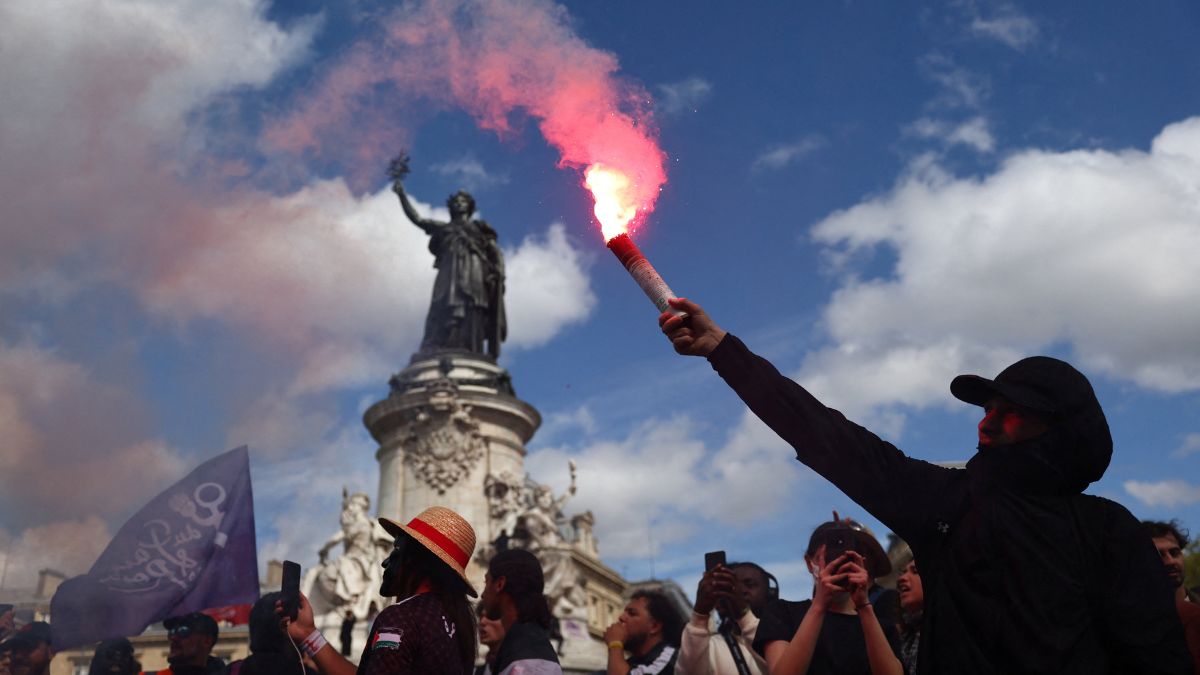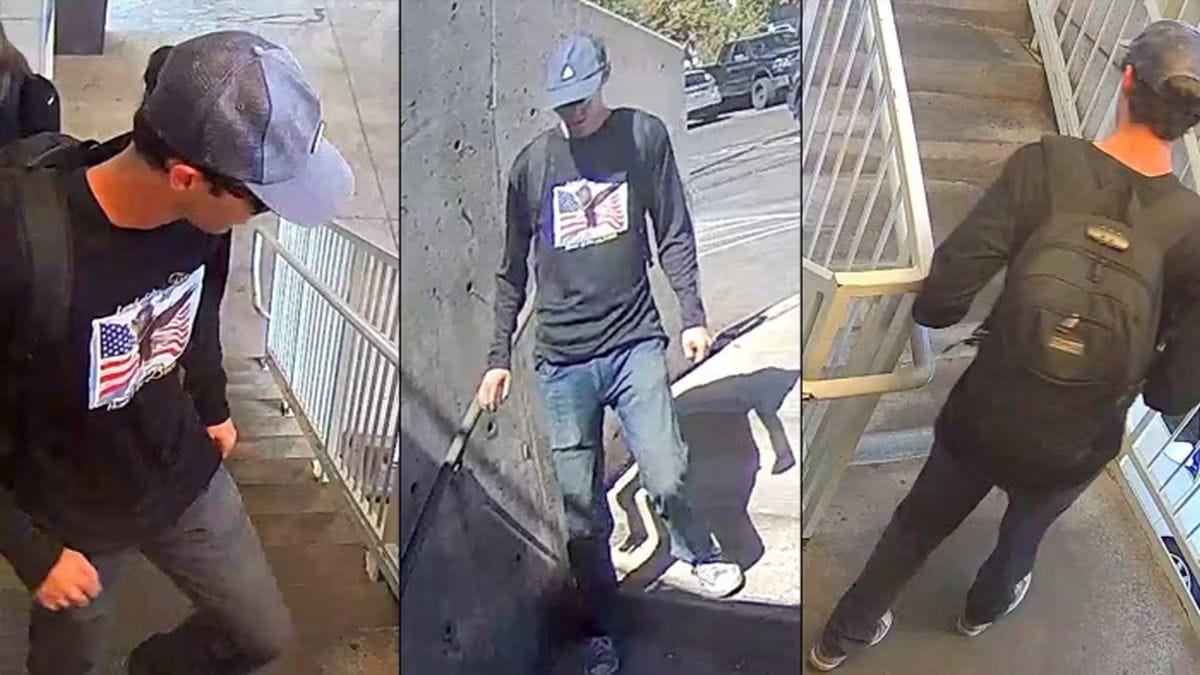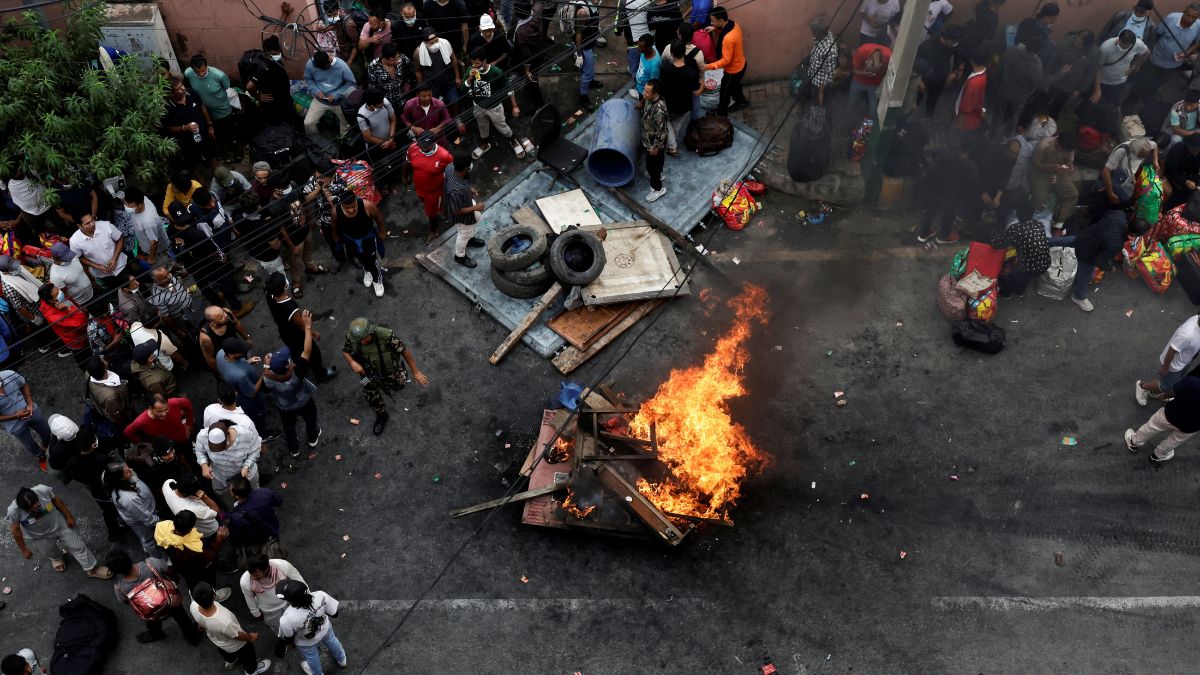France was gripped by protests as thousands of demonstrators took to the streets on Wednesday (September 10). The “Block Everything” protests hit the country against proposed budget cuts and anger at the entire political class.
In Paris and other cities, protesters clashed with the police, blocked roads and set fires to put pressure on President Emmanuel Macron and the new Prime Minister Sébastien Lecornu. The “Bloquons tout” (Block Everything) protests were less intense than previous movements that have rocked France in recent years.
But what’s behind these protests?
We will explain.
‘Block Everything’ protest in France
Protesters in and around Paris blocked schools and roads, erected barricades with rubbish bins and threw garbage at the police, as per an AFP report.
They repeatedly attempted to block Paris’ beltway during the morning rush hour, but were dispersed by police with tear gas.
In the French city of Lyon, protesters blocked a road and set bins ablaze. Police stopped some 200 protesters from barricading a main road in the port city of Marseille.
Police used tear gas to disperse protesters in Nantes.
Despite the protests, high-speed trains and most Paris metros were operating normally. However, other rail services and flights were disrupted, including at Paris’s main airports, reported AFP.
France deployed some 80,000 police across the country, with officers removing barricades and swiftly making arrests.
French Interior Minister Bruno Retailleau said that a bus was torched in the western city of Rennes. He warned demonstrators of “zero tolerance” for violence.
Impact Shorts
More ShortsAccording to the French interior ministry, at least 250 people were arrested as the protests began. In the southwest, fire damaged electrical cables, leading to train services halting on one line and disrupting traffic on another, Associated Press (AP) reported, citing government transport authorities.
How ‘Block Everything’ protests came to be
The “Block Everything” protest movement began online in May among right-wing groups, researchers and officials said, as per Reuters.
It has since been taken over by the left and far-left. According to Paris police chief Laurent Nunez, the “radical left” was running the protests, with no support from “civil society”.
The protesters called for a day of blockades, strikes, boycotts, demonstrations and other acts of protest.
These “Block Everything” protests do not have leaders, symbols or negotiators. The protests were reportedly organised on Telegram channels.
The decentralised nature of the demonstrations evoked memories of the Yellow Vests, the anti-government protests that hit France in 2018.
What’s behind the protests?
The “Block Everything” movement spread online without any identified leadership, and a range of complaints against the government emerged.
Many are unhappy with budget cuts proposed by Francois Bayrou, the PM ousted on Monday (September 8) by French lawmakers in a no-confidence vote.
Bayrou had recommended massive cuts in public spending by 44 billion euros ($51 billion) to tackle France’s growing deficit and trillions in debt. He also proposed removing two public holidays from France’s annual calendar, which proved highly unpopular.
Some are angry with Macron himself and broader inequality.
“I am extremely angry with the political system in France, which favours large corporations, which favours ultra-wealthy billionaires, and which … erodes the rights of ordinary French citizens – the very ones who keep the country running,” Mathieu Jaguelin, 43, a tour guide in southwest France who participates in several “Block Everything” groups on Telegram, told Reuters.
Critics alleged that Bayrou’s austerity measures were at the expense of wage earners and pensioners while sparing the wealthy.
“None of this is OK,” Chloe, a 25-year-old protester in the southern city of Toulouse, said to AFP. “The working class suffers the most. There could be a better way.”
Cedric Brun, a 46-year-old auto worker and local union boss in the northern city of Valenciennes, expressed disappointment at the turnout at the protest, with police easily reining in the demonstrators. “I thought there’d be more of us,” he said. “It’s unfortunate that there are more revolutionaries on Facebook than in real life.”
Some protesters called for a constitutional overhaul, while others demanded Macron step down and impose higher taxes on the rich. “The public authorities and the government have betrayed us so much that I’m not sure they can really meet the expectations of the people,” Louise Nechin, a left-wing activist in Paris, told Reuters.
Speaking to the news agency, Paola Sedda, an expert on online movements at the University of Lille, said “Block Everything” was a result of deep-seated anger over Bayrou’s proposed budget cuts when the faith in political institutions have declined.
“The activists’ deep mistrust of traditional media and political institutions resonated widely”, she said.
The protests coincided with Sebastien Lecornu assuming the role of France’s new prime minister. Macron appointed Lecornu, his close ally and defence minister, late on Tuesday, just 24 hours after Bayrou lost a confidence vote.
Macron’s decision to name a close ally as PM was a “slap in the face”, Florent, a protester in Lyon, said to AFP. “We need change,” he said.
With inputs from agencies


)

)
)
)
)
)
)
)
)



